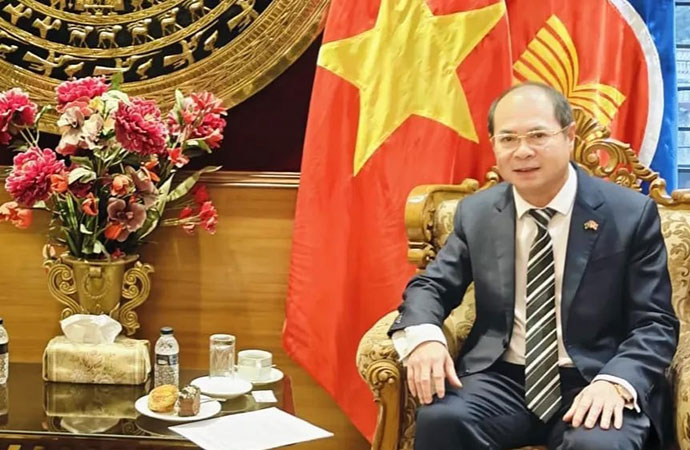Technology

As 34 year old Abul Hossain, a service-holder, was rushing to stand in queue at a private bank in the city's Shamoly area to recharge his newly-installed prepaid electric meter, he was optimistic that he would be able to complete the procedure in an hour, or two at best.
Little did he know that the bank only allotted a single counter for such users, resulting in hundreds of users like him waiting in line for hours. After his turn had arrived, it was already too late for him to catch office that day.
Numerous users like Abul Hossain are regretting installation of prepaid electric meters, thanks to shortage of recharge points resulting in long waiting lines, multiple hidden charges taking away a chunk of their bill amount and frequent network failures while recharging.
Many of the Shamoly residents who are subscribers of Dhaka Power Distribution Company (DPDC), have complained about the low amount of recharge points, forcing them to spend almost an entire day waiting in queues.
"If we consider that an apartment in our area has 20 apartments, with at least 10 units in each of them, then chances are that there are at least 150 prepaid meter users," said Bakhtiar Alam, another user, "the electric companies often appoint one specific bank and its branch for handling prepaid recharges, which means one officer for dealing with 150 customers."
Upon investigation, it was indeed seen that the lines start even before the banks begin operating at 10AM, all hoping to avoid the rush.
Once their turn comes, they often have to wait for the online banking network to connect with the DPDC central server, which is often found offline.
"If the lines are not online, it forces a customer to wait until all the servers are back online, which usually takes 15-20 minutes on an average, increasing the tailback," said a cash officer at the bank, wishing to remain anonymous.
Recharging the card is not enough, as the user will then have to get back to their respective meter and manually press the 20-digit number generated by the bank, as per the amount paid by the user.
The emergence of hidden charges is also causing distress to the users. DPDC and other electric companies had announced the introduction of "energy cost", "meter charge" and "demand charge", not to mention VAT, which combined altogether, usually takes a portion of the amount recharged.
Many meters have initially been found to not successfully read the 20-digit figures punched in.
Abul Hossain said that his meter usually does not successfully input the digits on the first go, citing network failure or other hardware issues.
Dhaka Power Distribution Company Managing Director Engineer Bikash Dewan said that implementation of the prepaid meter system has already curbed system loss and improved services significantly.
"We hope to bring 300,000 more consumers under the prepaid system in the current fiscal year."
He stated that the prepaid system completely block any attempt made to tamper with the meters, including electricity pilferage.
Talking about consumer complaints, he said they were trying to sort out the problems.
Mohammad Hossain, director general of Power Cell, had recently said that they have plans to bring 20,000,000 consumers under the prepaid system by 2021.
Currently, customers can pay bills in bank branches and also in the offices of DPDC and DESCO.

























Leave a Comment
Recent Posts
A total of 2,582 candidates su ...
A total of 2,582 candidates submitted nomination papers to contest the ...
A fitting farewell for a giant
The nation has said goodbye to Begum Khaleda Zia, one of the undoubted ...
A Kenyan barber who wields a sharpened shovel thrive ..
A rough year for journalists in 2025, with a little ..
The West Is Not Ready for a Multipolar World
Silicon Valley Socialism